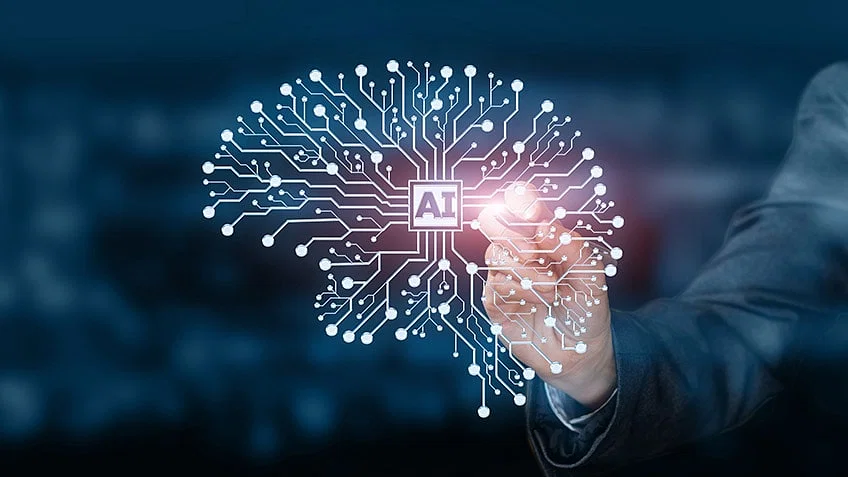Artificial Intelligence (AI) has become a buzzword in recent years, with everyone from tech enthusiasts to policymakers talking about the incredible potential of this technology. However, there is often confusion about what AI really means and whether algorithms should be considered a type of AI.
In short, an algorithm is a set of instructions that a computer follows to perform a specific task. This can be anything from sorting data to making calculations to recognizing patterns in images. Algorithms are the backbone of computer programming and have been around since the early days of computing.
AI, on the other hand, refers to a type of computer system that is capable of performing tasks that normally require human intelligence, such as decision-making, perception, and problem-solving. AI systems are designed to be adaptive and can learn from experience, allowing them to improve their performance over time.
So, is an algorithm considered AI? The short answer is no, but the longer answer is a bit more complicated.
Algorithms are a fundamental component of AI systems. AI systems rely on algorithms to make decisions, recognize patterns, and carry out tasks. In fact, many AI systems use a variety of algorithms to achieve their goals, such as decision trees, neural networks, and deep learning algorithms.
However, not all algorithms are AI. Some algorithms are simply a set of instructions for carrying out a specific task. For example, an algorithm that sorts a list of numbers in ascending order is not considered AI, because it doesn’t require any human-like decision-making or learning.
So, what makes an algorithm an AI algorithm? An AI algorithm is designed to be adaptive and learn from experience. This means that the algorithm is not simply a set of fixed instructions, but rather a system that can modify itself over time based on new information. For example, a machine learning algorithm that is trained to recognize faces can learn from new images it sees and improve its performance over time.
Another key characteristic of AI algorithms is that they are designed to handle complex, real-world problems. Traditional algorithms are often designed to solve a specific, well-defined problem, whereas AI algorithms are designed to work in situations where the problem is not well-defined or the data is noisy and incomplete.
One example of an AI algorithm is the recommender system used by Amazon and Netflix. These systems use machine learning algorithms to analyze user data, such as previous purchases or ratings, to recommend products or movies that the user might be interested in. The algorithms are adaptive, meaning they can learn from new data, and they are capable of handling complex, real-world data sets.
In conclusion, an algorithm is not considered AI in and of itself. However, algorithms are a fundamental component of AI systems and are used to carry out specific tasks within these systems. AI algorithms are designed to be adaptive and learn from experience, as well as handle complex, real-world problems.
While the distinction between algorithms and AI may seem like semantics, it’s important to understand the difference. AI has the potential to revolutionize many industries, from healthcare to finance to transportation. As AI continues to advance, we can expect to see more and more applications of this technology in our daily lives.
Whether you’re a tech enthusiast, a policymaker, or simply curious about the future of technology, understanding the difference between algorithms and AI is an important step in keeping up with the latest developments. So, the next time you hear someone talking about AI, remember that algorithms are an important part of the story, but they are not the whole picture.

